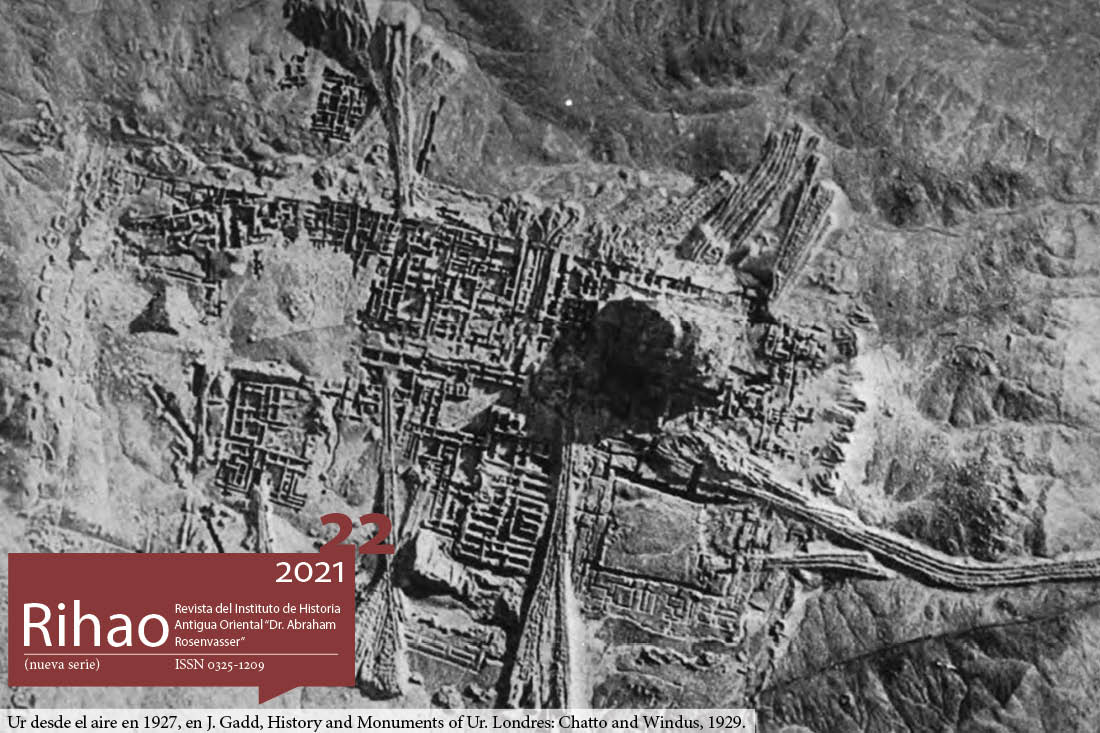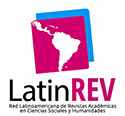The Uruk Expansion and the Urbanization Process: A Perspective from Upper Mesopotamia
Keywords:
Upper Mesopotamia, urbanism, Late Calcolithic, Uruk expansion
Abstract
In the Upper Mesopotamia region, during the period encompassing the Late Chalcolithic 4 and 5 (3600-3000 BC) various settlements with urban characteristics appear. The emergence of these sites and the archaeological material found in them raised diverse questions regarding their origin. In this paper a focus is placed on the models that link these urban centers with a centerperiphery dynamics and analysis from the perspective of regional exchange networks, without leaving aside the internal development of each settlement. Three specific sites are considered, with different aspects of urban formation and highly variable intensity of external interference. At the Habuba Kabira site we observed a strong presence of Uruk population, which could respond to the settlement of a dominant diaspora from Lower Mesopotamia. At the Hacinebi Tepe site, however, the Uruk population seemed to live together a local community and an autonomous foreign community inserted in it. Finally, Tell Brak had an independent indigenous center that could have made an appropriation of certain Uruk cultural traits.Downloads
Download data is not yet available.
Published
2021-11-30
How to Cite
Constanze Lima, L. (2021). The Uruk Expansion and the Urbanization Process: A Perspective from Upper Mesopotamia. Revista Del Instituto De Historia Antigua Oriental ’Dr. Abraham Rosenvasser’, (22). https://doi.org/10.34096/rihao.n22.10923
Issue
Section
Dossier. Ciudades y urbanismo en el mundo antiguo





.jpg)







